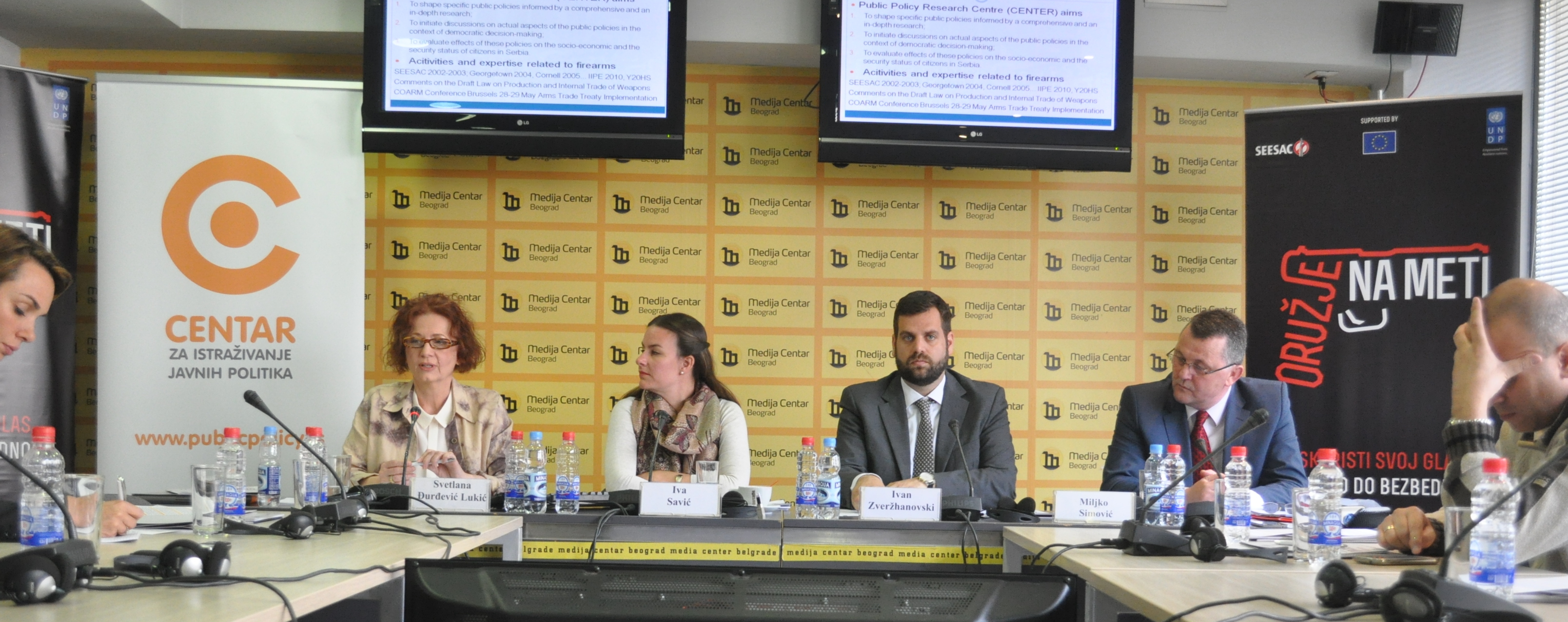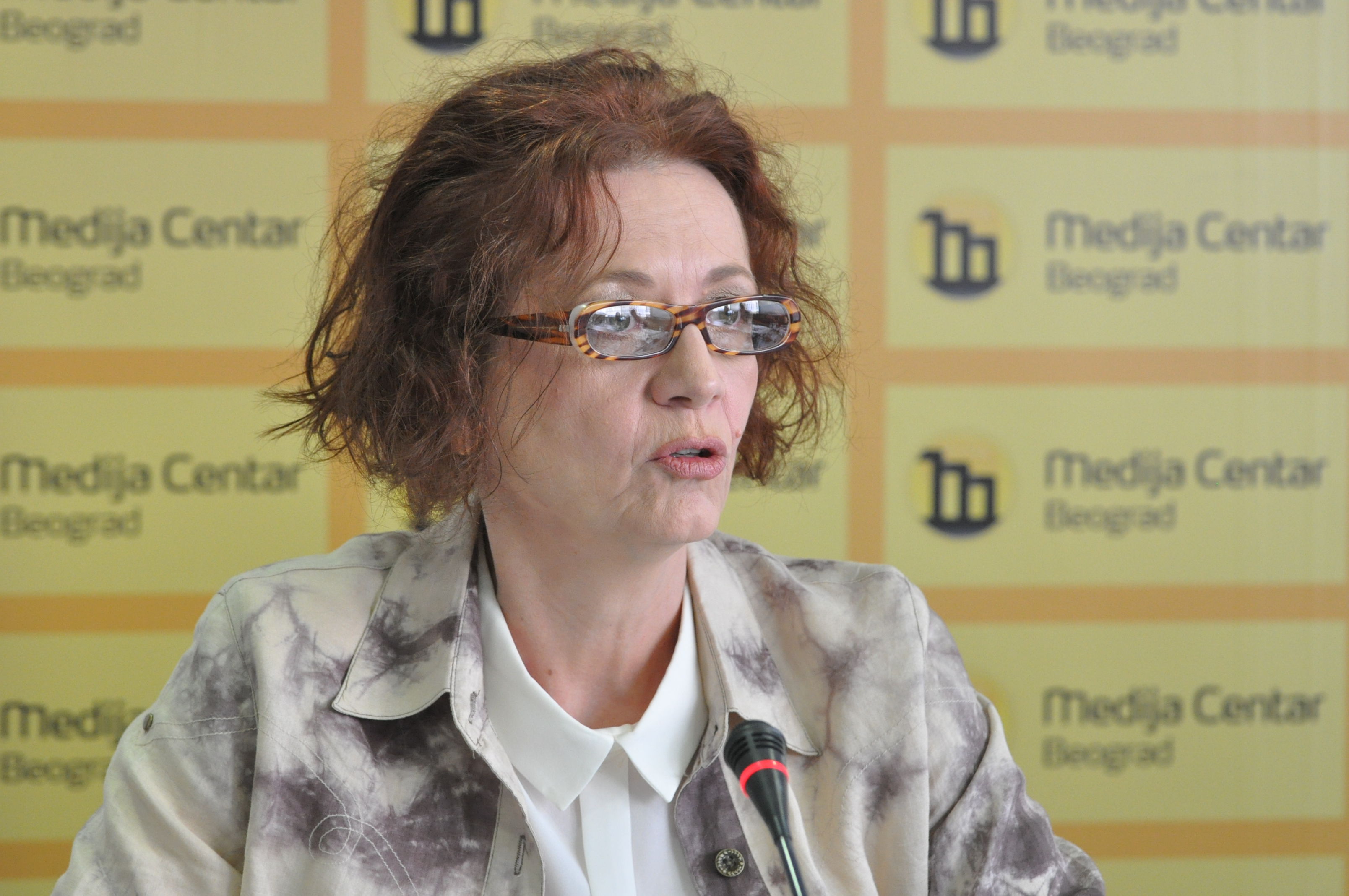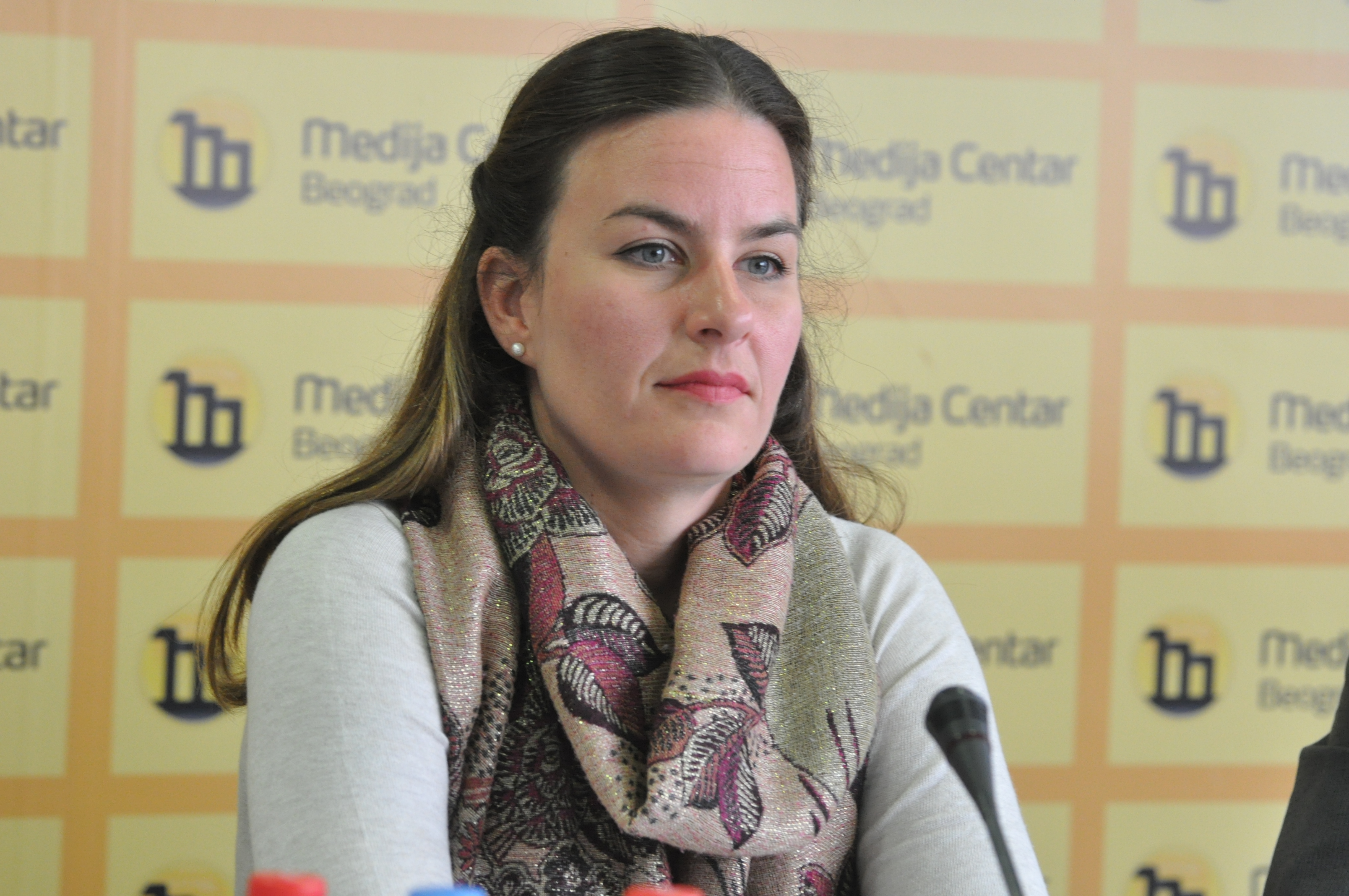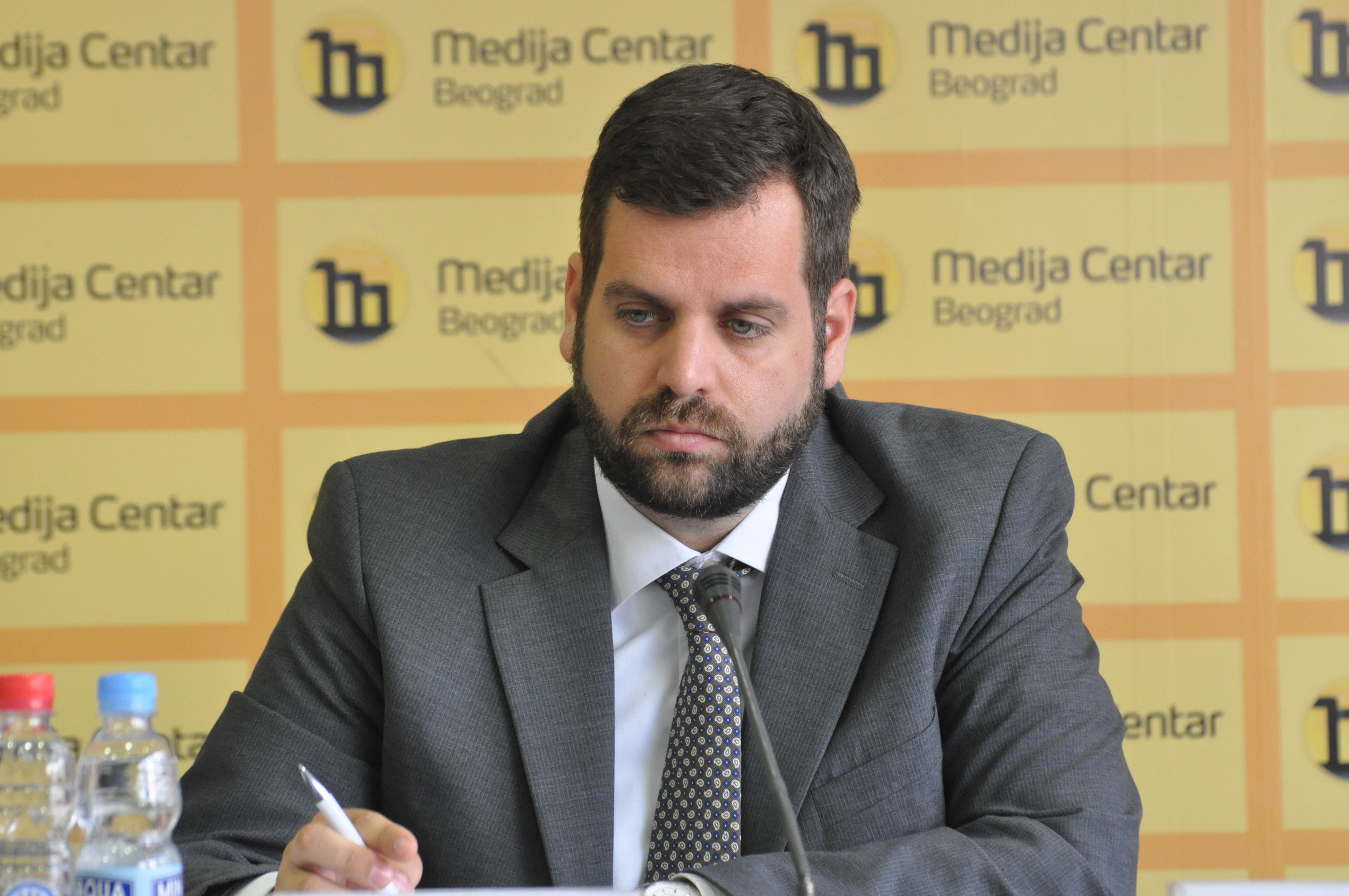Project: Targeting weapons - misuse of weapons in Serbia29May2015
Firearms misuse: Domestic violence claims more lives than criminal incidents
Contrary to the impression the public may get by reading domestic media, the absolute number of deaths in context of family violence has primacy in relation to criminal showdowns, and a large number of incidents happen among friends and acquaintances, the director of the Public Policy Research Centre Svetlana Djurdjevic-Lukic said. She spoke at the round table organized by the UNDP/The South Eastern and Eastern Europe Clearinghouse for the Control of Small Arms and Light Weapons (SEESAC). UNDP/SEESAC commissioned the Public Policy Research Centre to analyse data on SALW related incidents collected via the Targeting Weapons (Oruzje na meti) platform launched by SEESAC in 2012. The analysis is based on 470 entries gathered mainly through news reports. The analysis, as well as the platform, were supported by European Union funds.

The round table took place in the Media Center on May 29, 2015. Round table hosts, SEESAC Coordinator Dr. Ivan Zverzhanovski and Iva Savic, SEESAC Project Officer, spoke about the project. The Ministry of Interior representative and the Head of the SALW Commission of the Republic of Serbia, Miljko Simovic, commented on the findings of the report in the context of the recently adopted Law on Weapons and Ammunition and ongoing campaign on legalization of illicit arms.
The CENTER's team Svetlana Djurdjevic-Lukic, Marina Tadic and Tatjana Milic analyzed a total of 470 entries on the platform, of which 400 were media reports on incidents of the misuse of weapons. The media reports, published in the period from February 2013 to February 2015, were analyzed using a series of parameters: the type of weapons used in incidents, (il)legality of its possession, the gender and age of the victims and the perpetrators, outcome and context of incidents, time of day and year, and the locations where the incidents occurred.
Although the findings of the analysis may be questioned in terms of the methodology applied, having in mind that it was based on media reports which are often incomplete, the results represent a significant achievement considering the fact this is the only study of this issue after nearly 10 years, "according to which one can draw interesting information and get a sense of current trends", said Dr. Zverzhanovski. He also stressed the support SEESAC has been receiving by the EU.
One of the most alarming findings is for sure that the 72% of the analyzed armed incidents occurred between people who are in close relations, such as among friends, neighbors, and family.




In this context, it is important to point out that among the analyzed entries in cases of domestic violence, more than 50% of cases of arms use had a lethal outcome. The women are five times more often victims than perpetrators, and only a minimal number of them possess a weapon. "Even when the weapon was not used, the fact that it is held at home, can be a symbol of the threat to women and children," said Djurdjevic, highlighting the gender dimension in the possession and use of weapons.
"It is worrisome fact that the armed incidents are taking place in front of the kindergarten, in the church, the cemetery, the workplace. In fact there is no safe place in Serbia“, said the CENTER’s director.
Profile of perpetrator is difficult to pin down, but in substantial number of cases it is described in the media as ‘previously known to the police’. To some extent the perpetrators are associated with jobs involving possession of firearms - such as police, army, and private security.
There is one more specially significant finding in context of the current action on the legalization of illicit arms - about 80% of the guns used in the armed incidents can be legalized.
Miljko Simovic said that the SEESAC's analysis is very important and contributes to the work of the Ministry of Interior in the process of solving the problem of weapons misuse. In this context, among the most important novelties in the recently adopted Law on Weapons and Ammunition, Simovic particularly pointed to the obligation that anybody who possesses weapons has to go through the medical examination and the fact that the offenses related to the use of weapons is to be sanctioned only by imprisonment.
Responding to reporters' questions about the legalization of weapons in the region, Svetlana Djurdjevic-Lukic said that unlike other countries in the region, Serbia didn’t offer any incentives in the ongoing process of legalization of illicit arms. She said that journalist might have asked the Ministry of Interior other relevant questions such as how come that they did not come with the analytical data and why they didn’t prepare current legalization campaign in cooperation with civil society organizations. "The CENTER sees the issue solely from the perspective of human security, from the standpoint of citizens, and specific vulnerable groups. Therefore we consider that resolving this issue is of great importance not only on from the intrastate but also from the regional point of view," said Djurdjevic.
The Ministry of Interior representative was not precise in terms of evaluation of the legalisation camapign result that ends on June 4, stating that lately they are witnessing an increase in activity. He said that he expects the number of submitted pieces of weapons, ammunition and explosive ordnance to be the greatest in the last days of this initiative, and underlined that there will be no extension of the deadline.
Reports from the round table were published in: Beta, Danas, Večernje novosti, Press, RTS, E novine, RTV, Mondo, Blic, Politika, Tanjug, Informer.
Summary of the Analysis "Targeting Weapons" - Misuse of the Firearms in Serbia in pdf.
Photo: Round table:Svetlana Djurdjevic Lukic, Iva Savic, Ivan Zverzhanovski, Miljko Simovic



